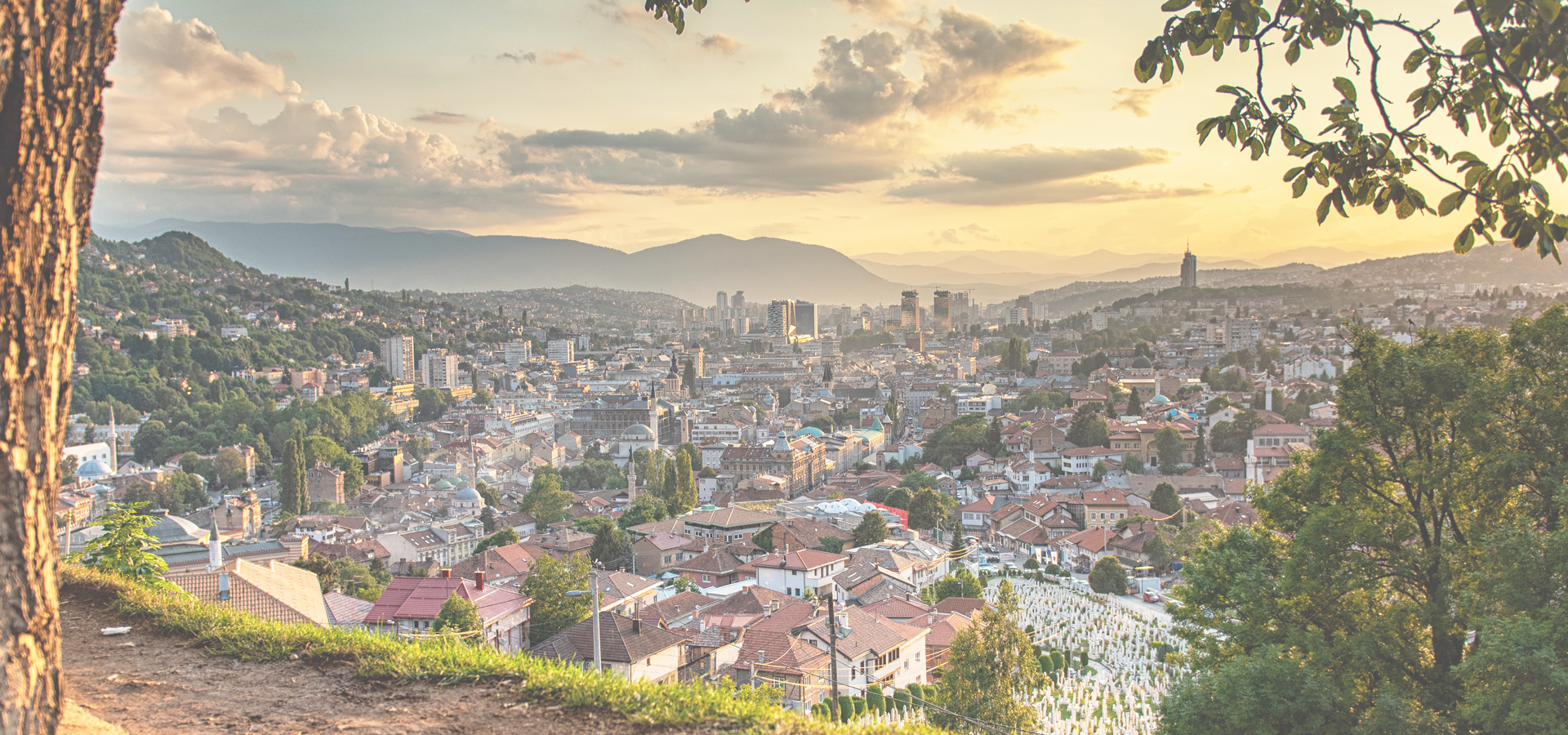Bihać, Una-Sana Canton, Bosnia and Herzegovina
🇧🇦 Bihać is a city and the administrative centre of Una-Sana Canton of the Federation of Bosnia and Herzegovina, an entity of Bosnia and Herzegovina. It is situated on the banks of river Una in north-western Bosnia and Herzegovina, in the Bosanska Krajina region.
Settlements • Bajrići • Brekovica • Bugar • Ćukovi • Doljani • Donja Gata • Dubovsko • Gorjevac • Grabež • Grmuša • Hrgar • Izačić • Jezero • Kalati • Kulen Vakuf • Lohovo • Lohovska Brda • Mala Peća • Mali Skočaj • Međudražje • Muslići • Ostrovica • Papari • Praščijak • Pritoka • Račić • Rajinovci • Ripač • Spahići • Srbljani • Velika Gata • Veliki Skočaj • Veliki Stjenjani • Vikići • Vrsta • Zavalje i Zlopoljac.
History According to documents and historical sources, the first medieval urban settlements and towns around the Una river, began to appear in the middle of the 13th century. Bihać, as the centre of Pounje, was first mentioned on 26 February 1260, in the charter of Hungarian King Bela IV, and was described as a town built on the river's Island of St. Ladislav, owned by the Benedictine abbey of Topusko. Just two years later, in 1262, Bela proclaimed Bihać a royal free city and placed it under the direct authority of the Hungarian throne, with all rights and privileges pertaining thereto, which ensured its ability to develop completely independent from the political powers of local lords. The following mention in the charter of 1271 confirms that Bihać at that time enjoyed the status of a free city. At the head of the municipality was the town elder or major villae, who was often called a judge, and whose decision could only be changed by the king. Bihać also had a curia or magistrates, an assembly of local citizens who took the oath of office for this duty, and notaries who kept court and other civil records.
In 1530 Austria sent troops to defend seven key strongholds in Croatia, one of them was Bihać and another the nearby Ripač. The Ottomans occupied Bihać in 1592 after a 10-day siege and from that time Bihać was the most important forts in Bosnia until the 19th century. Ottoman rule was briefly interrupted by Auguste Marmont, general-governor of Illyrian Provinces on 5 May 1810. He sought to prevent Ottomans from raiding French Croatia and finishing the Ottoman occupation of Cetin. After fulfilling these goals, he withdrew from Bihac. Ottoman rule in Bihac ended de facto after the Congress of Berlin.
During World War II, the town was occupied by Axis troops and was included into the Pavelić's Independent State of Croatia (NDH). The fascist Ustashe regime committed the Genocide of the Serbs and the Holocaust. From July to September 1941, some 15,000 Serbs were massacred along with some Jews and Roma victims at the Garavice, an extermination location near Bihać. The town was the capital of a short-lived territory, the Bihać Republic, for two months in late 1942 and early 1943, until it was recaptured by German forces. Bihać returned to Bosnian territory on March 28, 1945.
Bihać was besieged for three years from 1992 to 1995 during the Bosnian War.
Demographics In the 1991 population census in Bosnia and Herzegovina the ethnic composition of the municipality was 46,737 Bosniaks, 12,689 Serbs, 5,580 Croats, 4,356 Yugoslavs and 1,370 Others.
Religion Majority religion in Bihać city is Islam followed by Catholic and then Orthodox.
Economy The agricultural sector is significant, due to the large and fertile soil.
Europe/Sarajevo/Federation_of_Bosnia_and_Herzegovina

Bihać has a population of over 56,261 people. Bihać also forms the centre of the wider Una-Sana Canton which has a population of over 273,261 people.
To set up a UBI Lab for Bihać see: https://www.ubilabnetwork.org Twitter: https://twitter.com/UBILabNetwork
Twin Towns, Sister Cities Bihać has links with:
🇮🇹 Bondeno, Italy 🇷🇸 Kikinda, Serbia 🇹🇷 Kuşadası, Turkey 🇭🇺 Nagykanizsa, Hungary 🇸🇮 Novo Mesto, Slovenia 🇷🇴 Reşiţa, Romania 🇫🇷 Villefranche-de-Rouergue, France🇺🇸 Bloomington 44.829
🇺🇸 Eden Prairie 44.85
🇺🇸 Eau Claire 44.817
🇺🇸 Saint Albans 44.8
🇷🇸 New Belgrade 44.8
🇺🇸 St. Albans 44.8
🇷🇸 Novi Beograd 44.8
🇨🇿 Žďár nad Sázavou 15.933
🇦🇹 Tulln an der Donau 16.05
Locations Near: Bihać 15.8667,44.8167
🇭🇷 Gospić 15.375,44.546 d: 49.2
🇭🇷 Karlovac 15.553,45.495 d: 79.4
🇭🇷 Sisak 16.367,45.483 d: 83.9
🇧🇦 Prijedor 16.71,44.979 d: 68.8
🇭🇷 Šibenik 15.883,43.733 d: 120.5
🇸🇮 Krško 15.483,45.95 d: 129.5
🇸🇮 Novo Mesto 15.166,45.8 d: 122.3
Antipodal to: Bihać -164.133,-44.817
🇹🇴 Nuku'alofa -175.216,-21.136 d: 17192.6
🇵🇫 Papeete -149.566,-17.537 d: 16692.2
🇦🇸 Pago Pago -170.701,-14.279 d: 16563.3
🇼🇸 Apia -171.76,-13.833 d: 16495.2
🇺🇸 Hilo -155.089,19.725 d: 12779.9
🇺🇸 Maui -156.446,20.72 d: 12686.1
🇺🇸 Maui County -156.617,20.868 d: 12671.6
🇺🇸 Wailuku -156.505,20.894 d: 12667.5